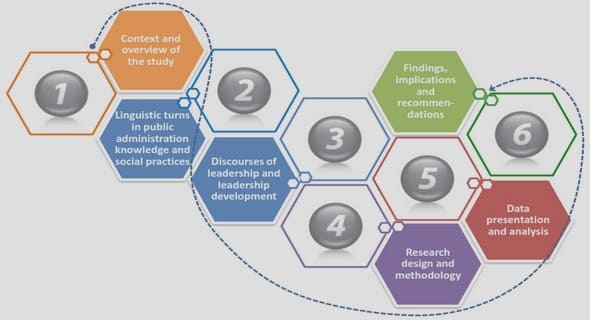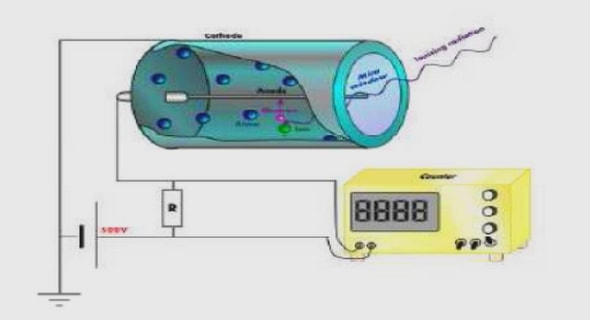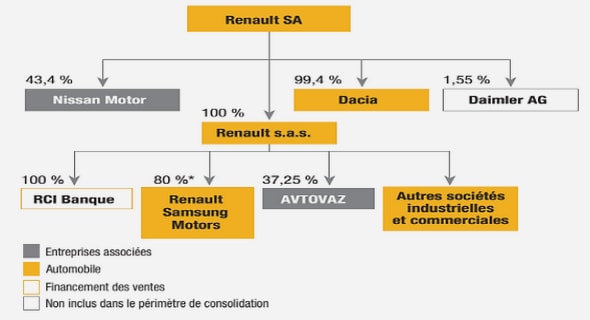Get Complete Project Material File(s) Now! »
Electromagnetic compatibility of PLC technology
From the Electromagnetic Compatibility (EMC) point of view, an equipment or system must neither be the source nor the victim of undesired electromagnetic noise in its operational frequency band. The transmission of the perturbations between a transmitter and a receiver is either through conduction or through radiation. In Europe, the PLC equipment must respect the CISPR22 standard which concerns the radio electric perturbations [CISP].
Limits of conducted perturbations
The EN55022 standard, the European adaptation of CISPR22, specifies the limits of conducted perturbations for 220 V Information Processing Equipment (IPE). The EN55022 standard divides the IPE’s into two classes: Class A and Class B. The Class B is for the residential IPE’s. As an example, we present perturbation limits defined for Class B equipment in Table 1.1 and Table 1.2 [Bric12].
IEC/CISPR Project Team PLT
The activities of CISPR/I committee of International Electrotechnique Commission (IEC) are related to the EMC issues of the IPE’s. The sub working group CISPR-22-PLT has been given the task to prepare an amendment to the CISPR22 standard. This amendment has the objective to define the test methods and emission limits for the PLC equipments. After ten years, this committee has abandoned its works after failing to find an accord on the standard it has developed. Since then, the task of preparing the amendment, at European level, has been handed over to the technical committee TC210 of Comité Européen de Normalisation Electrotechnique (CENELEC) [Prah12].
CENELEC TC210
After the failure of IEC/CISPR to propose an amendment, the CENELEC initiated a new project to formulate an independent standard. The other objective was to answer the question of the mark “CE” for the PLC equipment in Europe. It is worth mentioning that the European Commission had published a ruling which deferred the application of a harmonized EMC EN55022 Ed 6.0 standard up till October 2011. This delay allowed the publishing of a document specific to the PLC equipments. In fact, the limits defined by EN55022 standard in the frequency band below 30 MHz do not permit the PLC equipment to attain a high level performance. The final project of European Norm (NE) by CENELEC (EN 50561-1) for the EMC of indoor PLC equipment was proposed for a vote and was rejected in September 2011. The European Commission is planning to submit the document for a second vote after considering the comments of national committees. Today, no globally harmonized standard for EMC in the domain of PLC exists [Prah12].
Indoor PLC networks
An inhome electrical network is a 3-wire single phase network as shown in Figure 1.3. The electrical energy is conveyed to the lights, embedded appliances (consisting of immobile loads such as fans, refrigerator etc.) and various sockets or outlets. Three wires are: Protective Earth (PE), Neutral (N) and Phase (P). The circuit breakers act as a safety device against over currents or over voltages. The indoor PL network is distinguished from the outdoor distribution PL network in that cables are shorter but often less uniform in their geometry and the indoor PL network topology generally has more branches. The two networks overlap with the mains feed to the home. Commonly two voltage levels are found through out the world: 110 volts and 230 volts.
A typical indoor power-line network consists of a main service panel that contains the circuit breakers (Figure 1.4). The service panel feeds multiple branches that serve different rooms or appliances. Residential and commercial premises power-line networks usually comprise of a service panel feeding multiple branching paths that include outlet circuits, fixed or embedded appliances and lighting circuits. The resistance RSB is a shunt resistance which connects the N and PE wires. L2 and L3 are two loads. Different circuits have different balance/symmetry characteristics that affect the channel characteristics for the communications.
Table of contents :
THANKS
TABLE OF CONTENTS
LIST OF FIGURES
LIST OF TABLES..
GLOSSARY
INTRODUCTION GÉNÉRALE
1. OBJECTIFS DE LA THÈSE
2. ORGANISATION DE LA THÈSE
GENERAL INTRODUCTION
3. THESIS OBJECTIVES
4. ORGANIZATION OF THE THESIS
CHAPTER .1 STATE OF THE ART
1. INTRODUCTION
2. STANDARDS, MAJOR PLAYERS AND PROJECTS
2.1. PLC ecosystem
2.2. Standards
2.3. Major players
2.4. Projects
2.5. Electromagnetic compatibility of PLC technology
3. INDOOR PLC NETWORKS
3.1. Electrical wiring
3.2. SISO PLC channel model
3.3. SISO PLC channel noise model
4. ORTHOGONAL FREQUENCY DIVISION MULTIPLEXING (OFDM)
5. MIMO PLC
5.1. Theoretical background
5.2. MIMO Multi-phase PLC networks
6. INHOME MIMO PLC NETWORKS
6.1. Physical channel
6.2. Channel capacity
6.3. Channel transfer function model
6.4. Noise model
7. CONCLUSIONS
CHAPTER .2 MEASUREMENTS ON PLC NETWORKS AND PRELIMINARY RESULTS
1. INTRODUCTION
2. MEASUREMENT TECHNIQUES
2.1. Channel measurements
2.2. Noise measurements
3. DEVICES USED IN THE MEASUREMENTS
3.1. Coupling devices
3.2. Measuring instruments
4. MEASUREMENT SETUP
4.1. Channel measurement setup
4.2. Noise measurement setup
5. MEASUREMENTS AND OBSERVATIONS
5.1. Channel measurements
5.2. Noise measurements
6. ANALYSIS AND RESULTS
6.1. MIMO channel capacity
6.2. Noise analysis
7. CONCLUSIONS
CHAPTER .3 CHARACTERIZATION AND MODELING OF THE MIMO PLC CHANNEL TRANSFER FUNCTION
1. INTRODUCTION
2. PLC CHANNEL MODELING
2.1. The top-down approach
2.2. The bottom-up approach
2.3. Comparison of the top-down approach and the bottom-up approach
2.4. Merger of the two approaches
2.5. Inhome MIMO PLC channel modeling: present scenario
3. CHARACTERIZATION OF THE MIMO PLC CHANNEL TRANSFER FUNCTION
3.1. Multipath Channel Model
3.2. Median channel attenuation
3.3. Frequency dependent attenuation
3.4. Delay spread
3.5. Coherence bandwidth
3.6. MIMO Channels Correlation
4. GENERATING THE STATISTICAL SISO PLC CHANNEL
4.1. SISO Channel Model for the PN-PN Path
4.2. Attenuation Model
4.3. Multipath Model
5. GENERATING THE MIMO PLC CHANNELS
5.1. Different-Circuit Channels
5.2. Same-Circuit Channels
6. SIMULATIONS AND MODEL VALIDATION
6.1. The modeled MIMO CTF matrix
6.2. Coherence Bandwidth and Delay Spread
6.3. MIMO Channels Correlation
7. CONCLUSIONS
CHAPTER .4 MIMO PLC BACKGROUND NOISE MODEL
1. INTRODUCTION
1.1. Background noise
1.2. Narrow-band noise
1.3. Impulsive noise
2. FREQUENCY DOMAIN MIMO PLC NOISE MODEL
2.1. The OMEGA model
2.2. The Esmailian model
2.3. Simulations for parameter estimation
3. STATISTICAL FREQUENCY DOMAIN MODELS FOR MIMO PL NOISE
3.1. MIMO PL noise model based on the OMEGA model
3.2. MIMO PL noise model based on the Esmailian model
3.3. Comparison of MIMO PL Noise Models
4. TIME DOMAIN MODEL FOR MIMO PL NOISE
4.1. Multivariate Time Series
4.2. Frequency Domain Cross-Correlation
4.3. Time-domain Cross-correlation
4.4. Frequency-domain root mean square error
4.5. Description of the proposed noise model
5. GLOBAL SYSTEM MODEL SIMULATION
6. CONCLUSIONS
GENERAL CONCLUSION
PUBLICATIONS
BIBLIOGRAPHY


